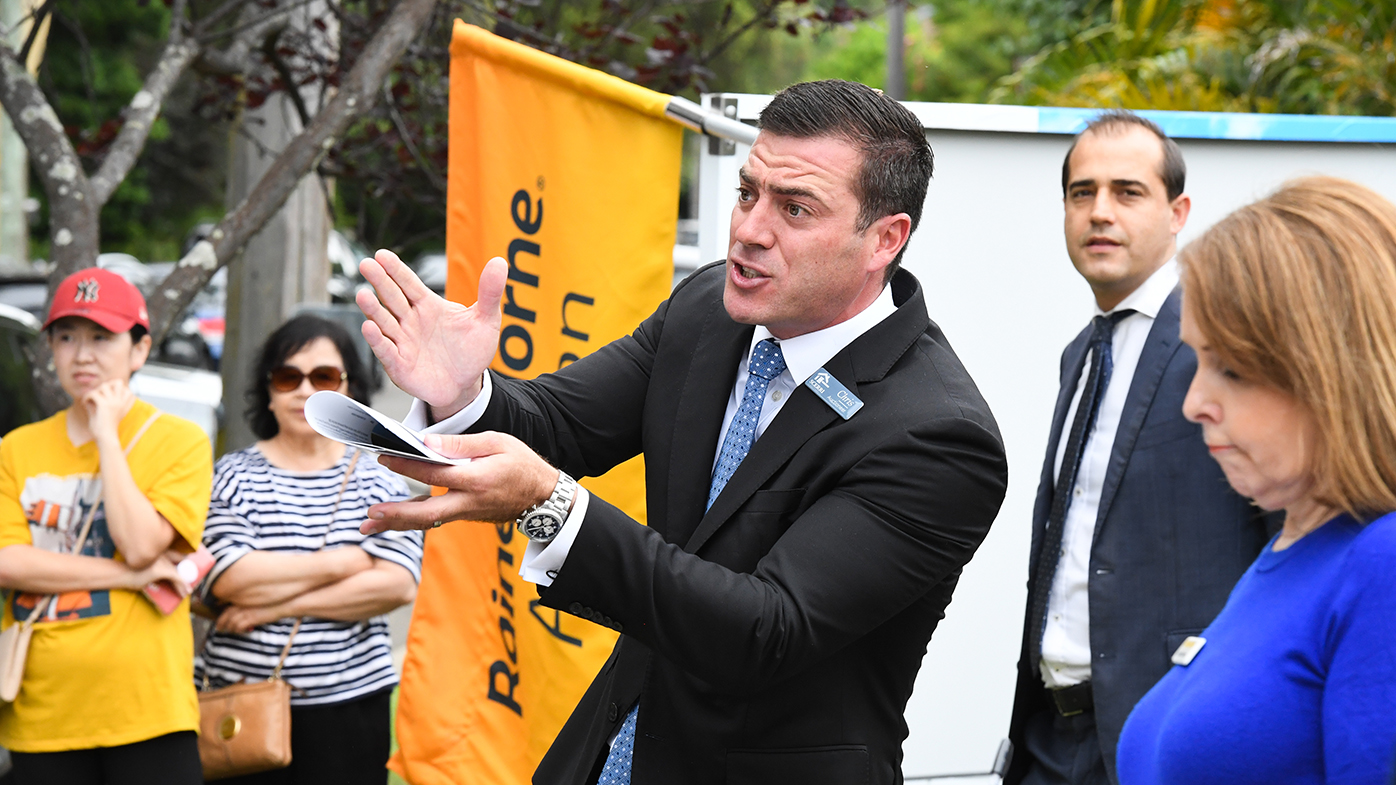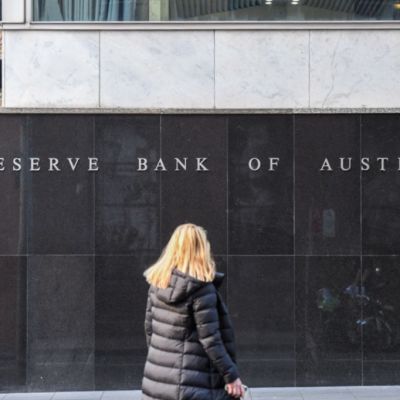Opinion: nine less negative thoughts around rising interest rates

I’ve spent most of my working hours over the past week unpicking the somber news of what a second and sharper interest rate rise will mean for the property market.
The RBA left no room for ambiguity – interest rate rises ain’t over yet and there are certainly more to come.
We have come out of a property cycle that has seen extraordinary growth. Last quarter, Australia’s national medium house price was over one million dollars, up 18.4% on year,. However, now the party’s clearly over.
But the fact we knew a further rise was coming (albeit higher than anticipated) doesn’t make it a less bitter pill to swallow.
So life feels like a lot at the moment. I’m not trying to be Pollyanna, but I am endeavouring to find some bright spots in what feels like a dark cloud. Indulge me, I need it. Here are nine less negative thoughts around rising interest rates.

First-home buyers – it’s your time
With FOMO now a thing of the past and fear of overpaying the latest source of anxiety, first-home buyers might finally find a way up onto the property ladder. Many voices have been pontificating for months, heck years, about what can be done to manage affordability, imploring governments to address the issues. Granted, governments are not the ones playing with interest rates, but without doubt, the rise in rates will continue to lead to softer property prices.

Cut your cloth to the market we’re in
Homeowners who are currently selling or planning to (not those forced to sell due to mortgage stress), will most likely become buyers in the same market. Yes, they may sell for less than they would have a year ago, but they will then most likely buy for less than they did a year ago, too.
Soul searching
Of all things Australia is known for, do we want to be a country that tops the chart for having some of the most unaffordable cities in the world?
Tighten the purse strings
Banks have for months restricted what they’re lending. Last October, the prudential regulator APRA stormed in and instructed banks to raise the serviceability buffer they use to assess home loans.
Sort of like insulation, this layer of protection is added on top of interest on a loan when borrowers are assessed. It’s done to ensure new mortgage holders can handle the pressure of higher interest rates in the months and years to come.

What goes up must come down
We know the property market works in cycles. We are in the downward part now and yes, for homeowners there is uncertainty and fear, particularly as we don’t know where the bottom is. But there has been much of that for entry-level buyers during the upward phase over the past 12 months. A downward cycle may not be good for many, but there are some who only buy during a cooling market.
Damned if you do, damned if you don’t
A couple of months ago, the Liberal and Labor governments were both being criticised for offering incentive schemes that could inadvertently “raise house prices”. How does that sound today?
Same storm, different boat
Many Australians are ahead on their mortgage repayments (spoiler alert, there’s no smugness here as I’m not one of them).
Get your house in order
Budgeting and staying on top of financial housekeeping can be excruciating, but so would being forced to sell due to mortgage stress. Reviewing your home loan should be part of your regular household budgeting. If it isn’t, start now.
Life goes on
Bear in mind that more than three quarters of property transactions are people looking for homes driven by changing demographics as a result of birth, death, marriage, divorces or a new job. For better or worse, there will always be a need for people to transact property, irrespective of what the market is doing.
We recommend
We thought you might like
States
Capital Cities
Capital Cities - Rentals
Popular Areas
Allhomes
More

/http%3A%2F%2Fprod.static9.net.au%2Ffs%2Fb3210586-db4d-4ae2-b8f8-a9914e9ad607)
/http%3A%2F%2Fprod.static9.net.au%2Ffs%2F444b9598-43ea-418b-92bb-0e5197730e25)







